|
|
|
Hansen's Northwest Native Plant Database |
|
|
|
Crataegus douglasii (Douglas Hawthorn, Black Hawthorn)
|
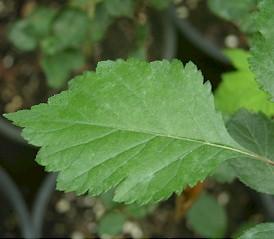 |
||||||||||||||||||||||||||||||
|
|||||||||||||||||||||||||||||||
|
This delightful tree grows slowly to 10,’ sometimes reaching 20 - 30.’ A hardy tree, it is indigenous along the coast between Alaska and California and inland from New Mexico to Saskatchewan, USDA zones 3–9. Black Hawthorn is distinguished by its pendulous branches with dark, shiny, deeply serrated leaves and sharp thorns ½ -1” long, and dense, clusters of intricate, rose-like flowers - simply spectacular. In restoration, the deep roots stabilize the soil. In the garden, this tree attracts birds, butterflies and the most welcomed of garden visitors, the ladybug. This versatile tree prefers full sun and is drought resistant while also tolerating brief periods of flooding. The black berries or haws are edible and make tasty pies and preserves. |
|||||||||||||||||||||||||||||||
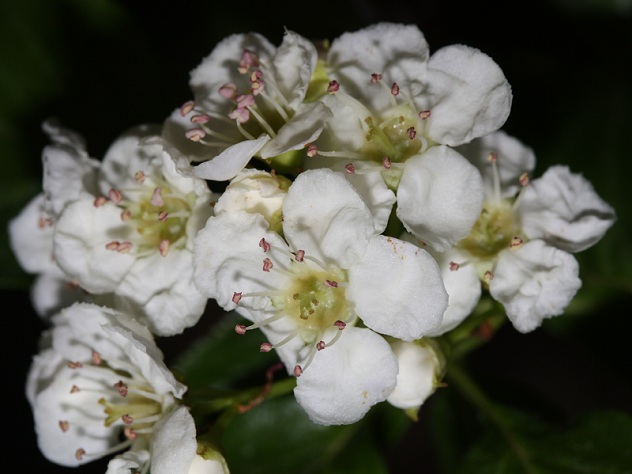 |
Description: This charming deciduous species, native to the Pacific northwest and beyond, may be happened upon while ambling along a streamside path or meandering your way through a damp forest. From afar the tree’s outline is an arcing crown of sturdy, spreading branches. As you investigate up close, you’ll notice Black Hawthorn’s most distinguishing feature; glossy, reddish twigs armed with straight one-inch long razor sharp spines that alternate along its length. These beautiful natives are an ideal addition to nearly any landscape. Black Hawthorn is a small tree that can reach a height of 20 to 30 feet and a foot in diameter, though the species also grows as a brambly thicket-forming shrub. Photo at left courtesy of Walter Siegmund |
||||||||||||||||||||||||||||||
|
The tree’s rough, scaly bark is gray when older but new growth is smoother and more of a reddish-brown color. Dark green leaves with contrasting paler undersides emerge in an alternating pattern during spring accompanied by delicate white flowers. The ovate or obovate leaves, broadest around the middle and narrowing towards the tip like an egg, grow 1 to 3 inches in length and 5/8 to 2 inches in width. Along the margin of the leathery leaves are shallow serrations, or saw-like teeth. Sometimes you may also find the margin to be slightly lobed. |
|||||||||||||||||||||||||||||||
|
Five-petaled perfect flowers, approximately one-half inch across, are suspended on slender stalks of various lengths forming a flat-topped, or corymbose, inflorescence found in leaf axils and in terminal clusters. The flower’s center contains 10 to 20 attractive pink stamens. It should be mentioned that the flowers sometimes emit a somewhat “fishy” odor, a smell which attracts its natural pollinators including butterflies and midges.
Another of its very unique features appears in fall
when the clustered fruit, fleshy apple-like pomes, ripen to a shiny
purplish-black hue. The edible ebony fruits can reach a diameter of one-half
inch and contain a thick, yellow pulp surrounding a pit comprised of 1-5
nutlets. Habitat and Range: Crataegus douglasii,
named
for the Scottish botanical explorer David Douglas, is found growing
across a continuum of environments and conditions. From Alaska south to
California and as far east as Michigan. The species can be found growing
in open woodlands, riparian corridors, wet meadows, thickets, roadsides
and coastal bluffs from low to mid elevations. It thrives in the moist
soils of stream valleys but also endures drier upland environments. |
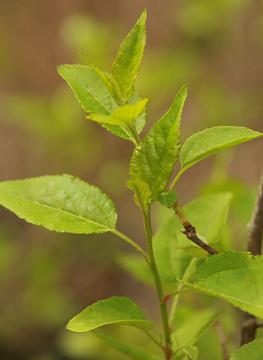 |
||||||||||||||||||||||||||||||
|
Ornamental
Values:
While this species is less
“showy” than its ornamental cultivars, its simple beauty and
prodigious hardiness make it an ideal species for planting in your yard or
garden. The reported hardiness
rating for this species is Zone 4. The plant’s natural
range includes southern Alaska, British Columbia south to central
California, from the western coast to eastern Nevada, and also populates
areas near Lake Superior. Ideal soil conditions vary from a slightly
acidic to a neutral pH. For increased fruit production, plant the tree in
an open, sunny location. However, the tree also grows well in partially
shaded areas. Black Hawthorn is great magnet to attract beneficial insects
that help keep problematic pest populations under control. |
|||||||||||||||||||||||||||||||
|
|
Native Plant Gardening/Wildlife Habitat: If you are creating a native plant garden or are interested in providing habitat for local fauna, Black Hawthorn has much to offer. The briary shrub is ideal for creating hedges or natural barriers. These thorny brambles provide protection for nesting and resting birds as well as small mammals. Butterfly larvae feed on the leaves and the flower’s nectar attracts both hummingbirds and adult butterflies.
In the chill of winter the berries supply nourishment for over-wintering birds. |
||||||||||||||||||||||||||||||
|
Restoration and Mitigation Values: The strong, deep root system of Black Hawthorn and its ubiquitous distribution across the landscape make it a valuable addition to restoration or mitigation plans. The tree adapts well to disturbed sites and is superb for soil and streambank stabilization projects. Native hawthorns also tolerate drought well, once established.
|
|||||||||||||||||||||||||||||||
|
|
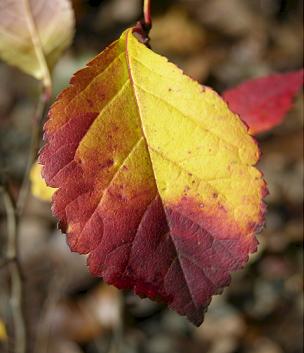 |
||||||||||||||||||||||||||||||
|
Edible
and Medicinal Uses: Hawthorn berries are best gathered as soon as they
ripen. Watch out for the fruit’s cherry-sized pit! You can eat them
right off the tree or collect a basketful for baking. The succulent
berries are excellent for jellies, jams, pies and tarts. Black Hawthorn is said to have been used traditionally by Native Americans to
strengthen the heart and thin the blood. The bark contains properties that
are said to be beneficial for reducing inflammations and alleviating
venereal diseases, diarrhea and dysentery. NOTE: Please use caution when preparing or eating any parts of a plant. Identification of the species and knowledge of a plant’s toxicity are both essential before using any plant species medicinally or otherwise. Please consult with a heath professional before attempting to treat any ailment. |
|||||||||||||||||||||||||||||||
|
Propagation Techniques: Seeds
-
If you are interested in growing this tree, start by
gathering the clusters of fruit in early fall. The berries should then be
placed in a tub of water and macerated until the flesh is separated from
the seeds. Most of the viable seeds should sink to the bottom while the
rest of the fruit floats on top. Remove
the seeds, clean them and lay them out to dry at room temperature for
several weeks. The seeds will require some pre-treatments before
germination will occur. The thick endocarp on the seed coating requires a
treatment with acid. Depending on the thickness, the seeds should be
soaked for at least half an hour and possibly up to 3 hours in an acidic
solution. The seeds can then be placed in a moist medium and cold
stratified at low temperatures for 3 to 4 months. Cuttings - This species does not fare well when grown from cuttings. |
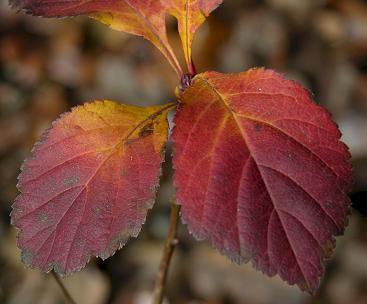 |
||||||||||||||||||||||||||||||
|
Common Diseases: While many of the cultivated European varieties of the species Crataegus are susceptible to leaf blight, the native species are impervious to this disease. However, according to studies done at Ohio University, the native species are susceptible to rust diseases when rust is prevalent in the area. The main perennial host of rust is juniper and the problem can be easily remedied when juniper is removed from the surrounding vicinity. Otherwise, the rust can be successfully treated with a fungicide. |
|||||||||||||||||||||||||||||||
|
Photos We Share!
|
||||||||||||||||||||||||||||||
|
Thank you to
the following references for their invaluable information:
|
|||||||||||||||||||||||||||||||
|